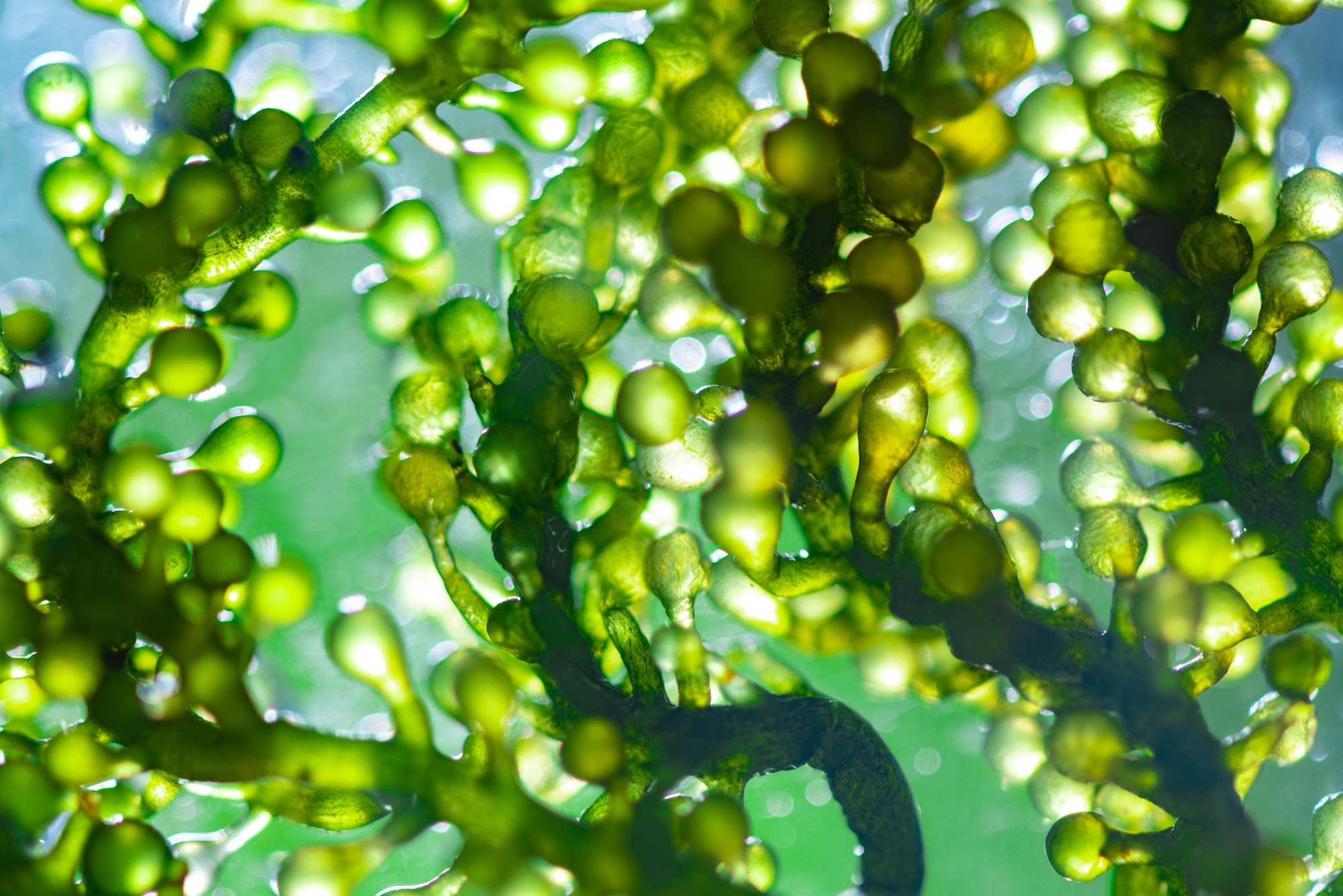Algae are increasingly being recognized as a promising source of renewable energy, with the potential to produce biofuels, bioproducts, and pharmaceuticals. However, the economic viability of algae-based industries is currently limited by high production costs and technical challenges associated with the harvesting of algae biomass. This article explores recent advances in algae harvesting technologies that aim to overcome these barriers and enhance cost-effectiveness.
One of the main challenges in algae cultivation is the efficient separation of algal cells from the culture medium. Traditional methods such as centrifugation, filtration, and sedimentation are energy-intensive and can be costly for large-scale operations. As a result, researchers are focusing on developing innovative techniques that can reduce energy consumption while maintaining or improving the quality of harvested biomass.
One such technology is electrocoagulation, which involves applying an electric current to the algae culture to induce the formation of flocs or aggregates. These flocs can then be more easily separated from the water through sedimentation or flotation. Electrocoagulation has been shown to be effective in removing various types of microalgae and has several advantages over conventional methods, including lower energy requirements, reduced chemical usage, and minimal impact on cell integrity.
Another promising approach is the use of bioflocculation, which relies on naturally occurring microorganisms or biological additives to promote cell aggregation. By optimizing culture conditions or introducing specific strains of bacteria, it is possible to enhance the flocculating properties of algal cultures and improve harvest efficiency. This method is particularly attractive due to its low environmental impact and potential for integration into closed-loop systems where nutrients and water can be recycled.
In addition to these advances in harvesting methods, there is also growing interest in exploring alternative cultivation systems that can help reduce production costs and increase biomass yields. For example, researchers are investigating the use of wastewater as a nutrient-rich growth medium for algae cultivation. This approach not only provides a cost-effective source of nutrients but also offers the potential for wastewater treatment and resource recovery.
Another area of research is the development of hybrid cultivation systems that combine the advantages of both open ponds and closed photobioreactors. Such systems can offer improved control over environmental conditions and reduced contamination risks while maintaining relatively low capital and operating costs. Additionally, integrating algae production with other industries, such as aquaculture or agriculture, can provide synergistic benefits and create new market opportunities.
Despite these advances, there are still significant challenges to overcome before algae-based industries can become fully competitive with conventional sources of energy and materials. One critical issue is the need for further improvements in biomass productivity, which can be achieved through strain selection, genetic engineering, or optimization of cultivation conditions. Moreover, there is a need for more efficient and scalable downstream processing technologies to convert algal biomass into valuable products, such as biofuels or bioplastics.
Government policies and incentives can play a crucial role in promoting the development and deployment of algae-based technologies. For example, investment in research and development, as well as demonstration projects, can help accelerate innovation and reduce the risks associated with scaling up production. Additionally, regulations that encourage the use of renewable resources or mandate the reduction of greenhouse gas emissions can create market demand for algae-derived products.
In conclusion, overcoming economic barriers and enhancing cost-effectiveness are essential for the future success of algae harvesting technologies. Continued research into innovative harvesting methods, combined with advances in cultivation systems and downstream processing, has the potential to revolutionize the algae industry and unlock its full potential as a sustainable source of energy and materials. However, achieving this vision will require ongoing collaboration between academia, industry, and policymakers to address remaining challenges and create a favorable environment for commercialization.

